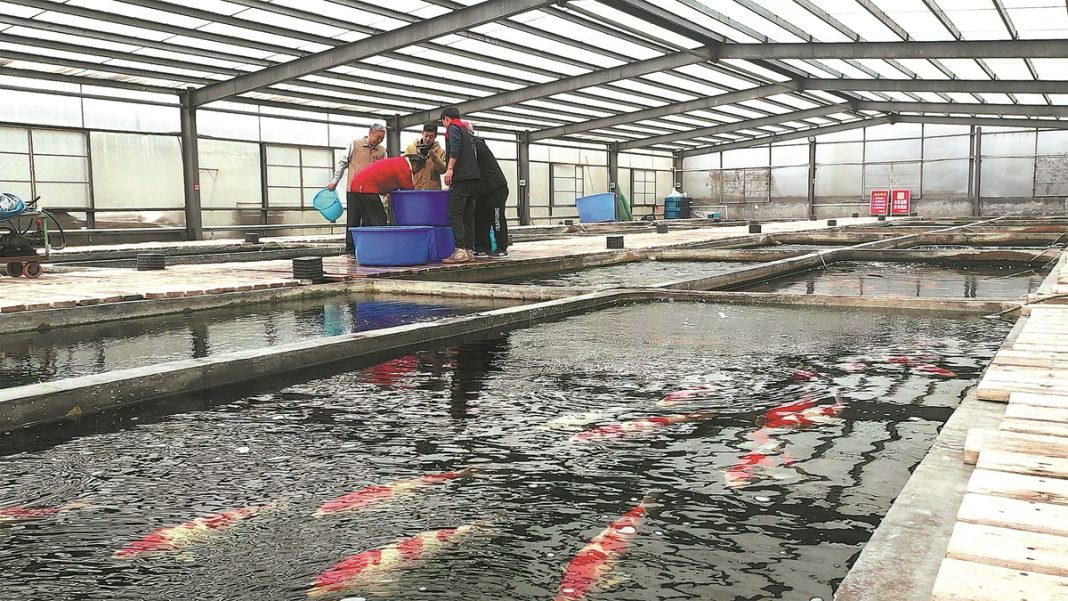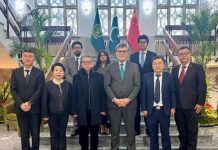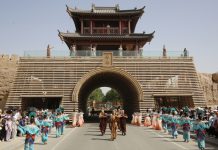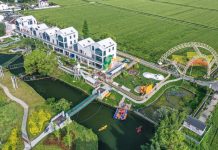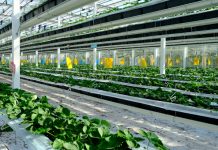BEIJING: Years ago, the low-lying land along the old course of the Yellow River around Sanshilipu town in Gaotang county, Shandong province, held back the development of villages in the area, but it is now being used to raise koi fish, giving a boost to villagers’ livelihoods.
In late October, the town enters its peak season for koi sales. At a koi park, several varieties of koi with striking white, black, gold and red hues swim gracefully in ponds, attracting potential customers. “Our fish have been selling like hotcakes recently,” Xia Qingjun, the manager of a koi farming cooperative at the park, said while preparing more than 300 koi for shipment to cities outside Shandong.
Over the past few years, the town has tapped into its abundant water resources to develop the koi farming industry. That has led to the formation of an integrated koi industry that encompasses scientific research, breeding, farming, sales and tourism.
The town government has sought guidance from experts at research institutes, who provide regular technical assistance to koi farming enterprises and individual farmers.
Initially, earthen ponds were used to raise fish, which resulted in low survival rates. However, with the introduction of standardized ponds, each housing 50,000 koi of the same size, the survival rate has significantly improved, said Jia Qinghe, 51, who has been farming koi for 13 years. Farmers in the town are also introducing an aquaponic system to cultivate koi and vegetables from the same water source.
Water containing fish waste is pumped into the vegetable-growing area from a pond that is home to fish. The waste fertilizes the crops. The plants absorb the nutrients and clean the water, and the clean water flows back to the pond.
“This system not only achieves a symbiosis between fish and vegetables but creates an indoor landscape,” said Ma Chuansheng, who is in charge of building the system. –The Daily Mail-China Daily news exchange item

